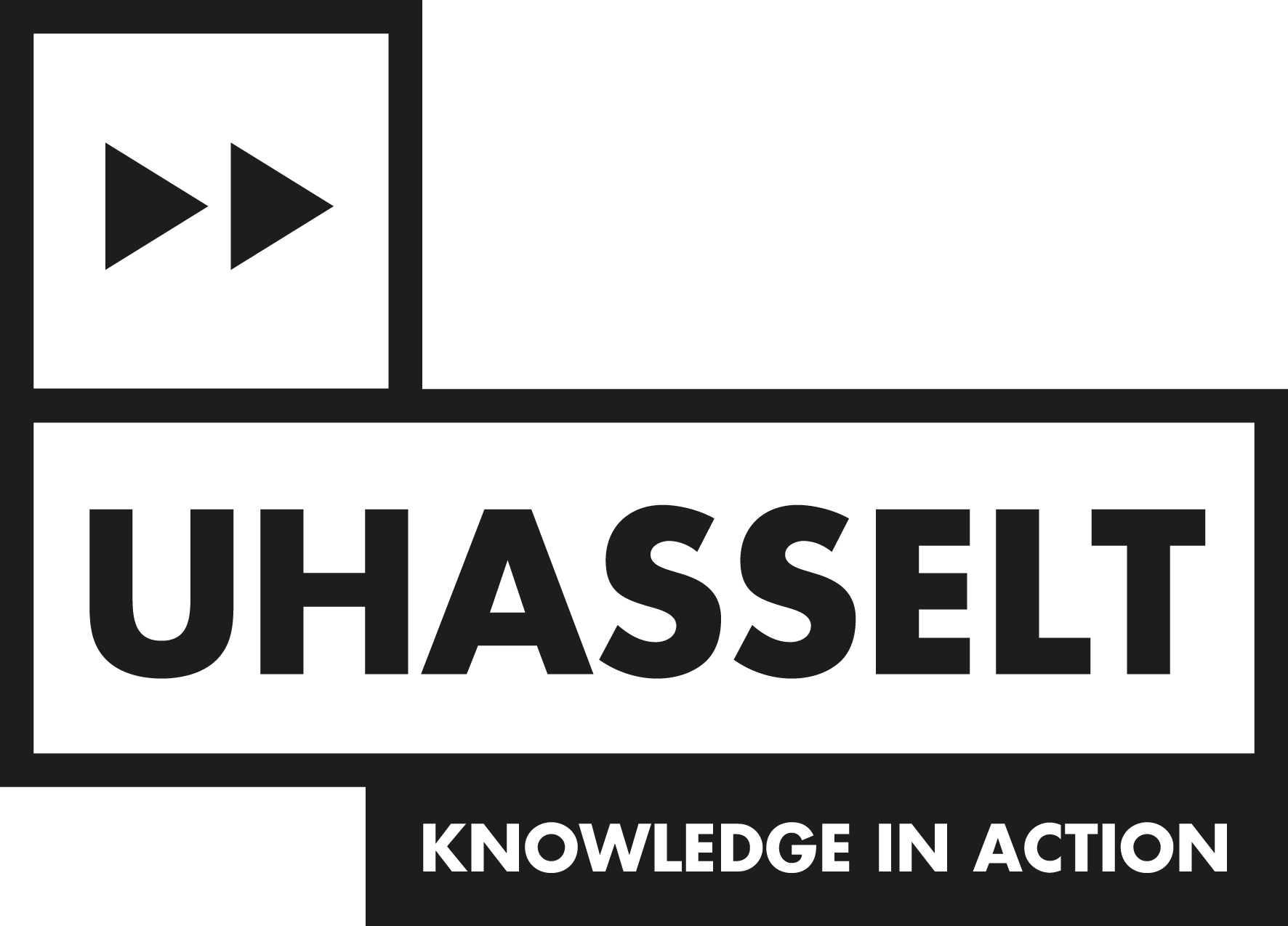Effective collaboration
View the content of this page
Your grade on a group assignment may depend on the final product and, in some cases, on the process (e.g. peer assessment).
Stay organized, maintain clear communication and overcome challenges in collaboration with the following tips.
Online collaboration tools
Use online tools that enable simultaneous access, editing, and commenting on documents. These tools can save time and ensure your group remains aligned throughout the project, as they:
- Allow all team members to contribute ideas and make revisions in real-time
- Ensure everyone works with the latest version of the document
- Facilitate instant feedback
- Explore Google Drive to share documents, presentations, worksheets… (website)
- Look at this beginner’s guide to collaborate with Google Docs (website)
- Tips for optimizing Google Docs usage (infographic)
- Explore other online collaboration tools that can support (online) group work (website)
Schedule regular meetings
Regular (online or on campus) meetings are helpful to ensure everyone stays on track. In meetings, you can check on short-term deadlines and evaluate individual contributions.
- Searching for tools to keep track of deadlines?
Check 'Trello' and ‘Todoist’ (website) - Overcoming procrastination?
Explore our e-module on time management (website)
Try these tips for conducting an effective meeting:
- Before the meeting
- Decide if a meeting is necessary. Not all discussions require a formal meeting.
Guidelines to decide if a meeting is necessary (website) - Set a clear agenda that covers all key topics.
This will help you stay focused and efficient during the meeting.
- Set goals for the meeting with these 4 steps (infographic)
- Watch how to create a meeting agenda (video, 2’)
- Learn more about how to write a meeting agenda (website)
- Invite only relevant participants to the meeting. If discussing a limited topic, only involve those directly affected.
- During the meeting
- While handling all topics on the agenda, ensure that everyone has the opportunity to voice their thoughts
- Read why and how to share voices during a meeting (website)
- Watch this if you have difficulties to get your voice heard in a meeting (video, 4’)
- 5 tips to get your voice heard in a meeting (infographic)
- Take notes
Write down key points and agreements in meeting minutes.
This way, you can always check the decisions and prevent recurring discussions.
- Watch how meeting minutes are an effective way of note-taking during meetings (video, 1’50)
- Discover why meeting minutes are useful (website)
- Use this template to take notes during a meeting (document)
- Assign clear action items
What are the next steps to be taken? Specify tasks and responsibilities for clarity and accountability.
Use this group work checklist to assign tasks (document)
In general
- An overview of tips to ensure an effective meeting (infographic)
- Check these meeting strategies for group work (document)
Clear communication
Good communication is key to successful group work.
But how to maintain good communication?
- Establish a good balance between synchronous and asynchronous communication
Not all your remarks and thoughts should be immediately communicated.
Don’t bother your group members with your questions and thoughts at all days and all times.
- Learn more about the characteristics and advantages of synchronous and asynchronous communication (website, video and infographic) - Be aware of different communication styles
Different people have different styles of communication.
Being aware of possible differences helps to improve collaboration and prevent miscommunication.
- Learn how miscommunication happens (and how to avoid it) (video, 4’30)
- Discover different ways of communication and cultural variations (document)
- Read more about different communication styles and the advantages of a team (website) - Respectfully deal with different opinions
During teamwork, differing opinions can arise among team members.
Here are tips on how to handle them effectively:
- Use “I” statements
Speak from your perspective to avoid sounding accusatory.
Examples: “I think that...”, “It seems to me that...”, “I see that....”.
- Discover the benefits of “I” statements (infographic)
- Read more about the power of I-statements (website)
- Watch the difference between ‘I’ and ‘you’-statements (video, 2’)
- Ask open-ended questions and clarify perspectives
Ask for the other person’s viewpoint, actively listen to the other and politely share your perspective.
You do not have to agree but try understanding each other’s perspective.
- Improve your listening skills with these tips (infographic)
- Express your (dis)agreement effectively with these tool sentences (website)
- Tips for improving your listening skills (video, 4’55)
- Try to find common ground. Focus on shared goals to move past differences.
- This image shows the power of sharing perspectives (infographic) - Handle feedback positively. Treat negative feedback as a learning opportunity.
- 10 Ways to handle negative feedback (infographic)
